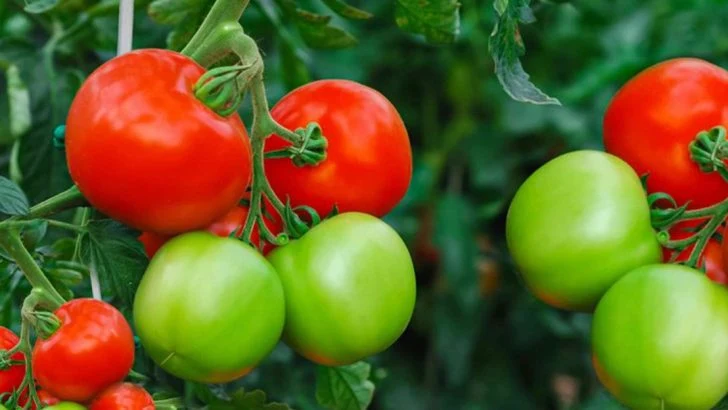There’s a reason tomatoes are the crown jewel of so many home gardens—they’re delicious, versatile, and just plain satisfying to grow. But getting those plump, juicy, perfectly red fruits isn’t always as simple as planting a seed and waiting. A few small mistakes can lead to bland flavor, poor growth, or cracked skins.
The good news? With a few smart adjustments, you can set yourself up for tomato success every time. From choosing the right variety to understanding watering habits and mastering sun exposure, these quick tips will help you avoid common pitfalls and enjoy a bountiful harvest that tastes as good as it looks.
Choose the Right Variety
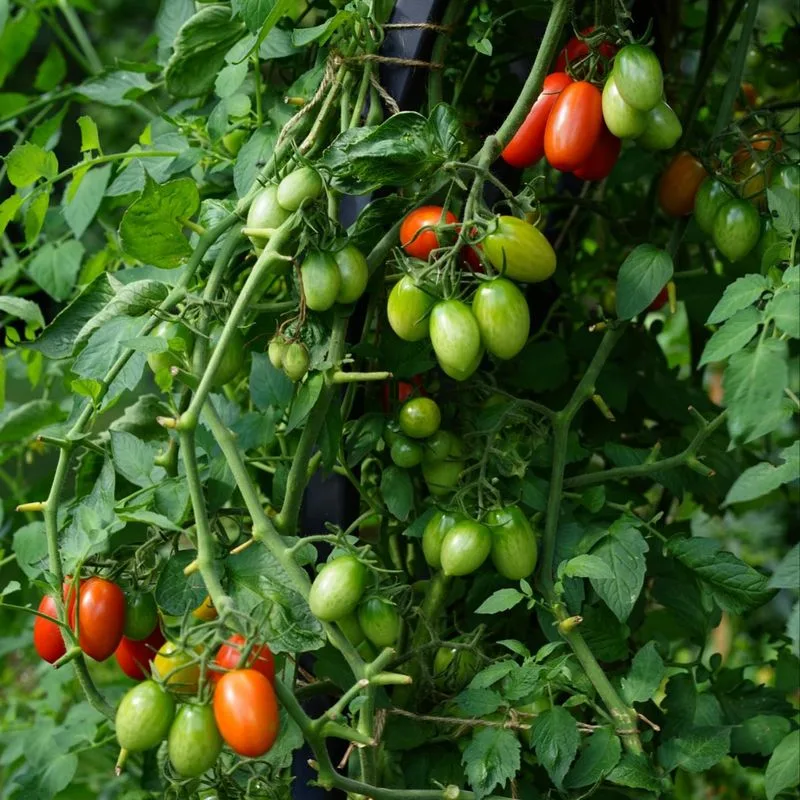
The journey to perfect tomatoes begins with selecting the right variety for your climate and taste preferences. Explore heirlooms for their rich history and unique flavors. Hybrids offer disease resistance and uniformity, ideal for beginners. Consider your space—cherry tomatoes thrive in containers, while beefsteaks require room to sprawl. Remember, the right choice can make all the difference. Delve into catalogs or consult local experts for advice tailored to your region.
Start with Quality Soil
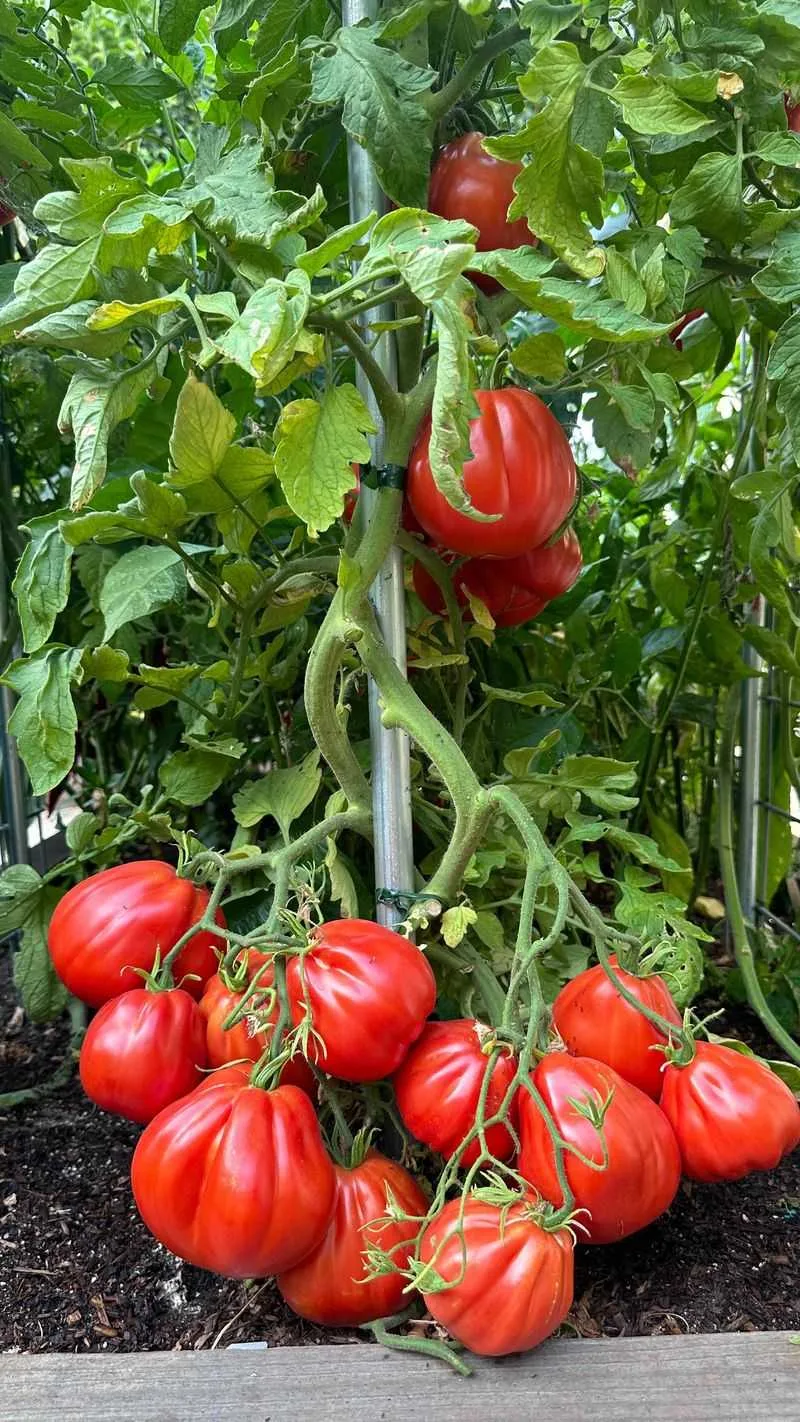
Quality soil is the foundation of healthy tomato plants. Ensure it’s rich in organic matter to support strong root development. Mix in compost or aged manure, offering essential nutrients and improving drainage. A balanced pH level, between 6.0 and 6.8, creates the perfect environment for nutrient absorption. This vital step paves the way for robust growth and flavorful fruits. Test kits are readily available to check soil health, ensuring your tomatoes thrive.
Provide Ample Sunlight
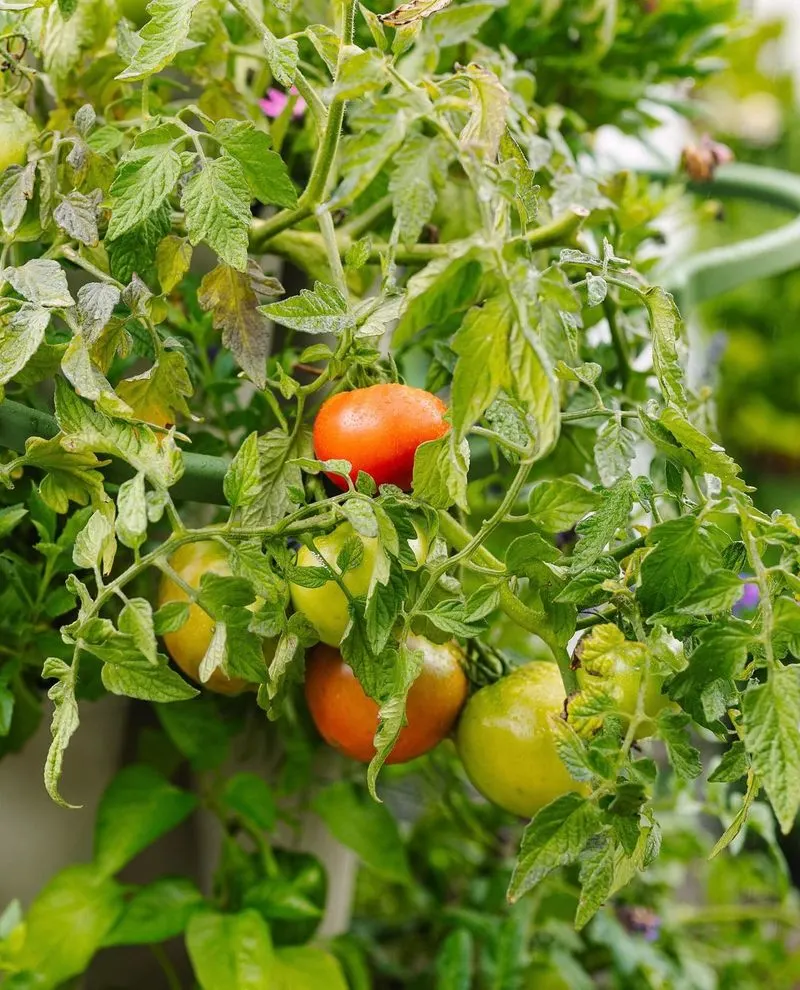
Tomatoes bask in sunlight, requiring at least six to eight hours daily. Position them in a sun-drenched spot for optimal growth. Sunlight fuels photosynthesis, vital for strong stems and vibrant fruits. If shadows are a concern, consider raised beds or movable containers to chase the sun. The warmth and light not only energize your plants but also improve flavor and ripening speed, transforming your garden into a productive paradise.
Water Consistently and Evenly
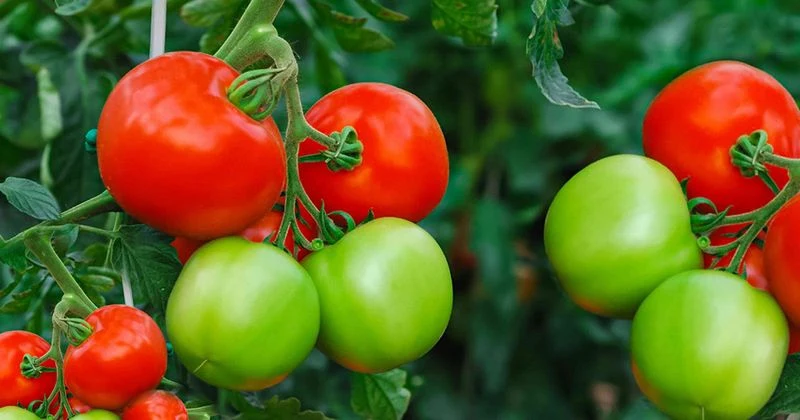
Consistent watering is key to preventing issues like blossom-end rot and cracked fruits. Aim for even moisture, avoiding extremes. Early mornings are ideal for watering, reducing evaporation and allowing leaves to dry by evening. It’s a delicate balance—too much can drown roots, too little leaves plants thirsty. Implementing a drip irrigation system can help maintain that balance, ensuring every drop counts toward lush, productive tomato plants.
Prune for Better Airflow

Pruning encourages airflow, reducing disease risk and encouraging robust growth. Remove lower leaves to prevent soil-borne infections. Focus on eliminating suckers, the small shoots between the main stem and branches, which sap energy. This strategic trimming directs nutrients to fruit-bearing branches, enhancing yield and quality. A little snip here and there goes a long way in promoting healthy, fruitful tomato plants.
Use Mulch to Retain Moisture
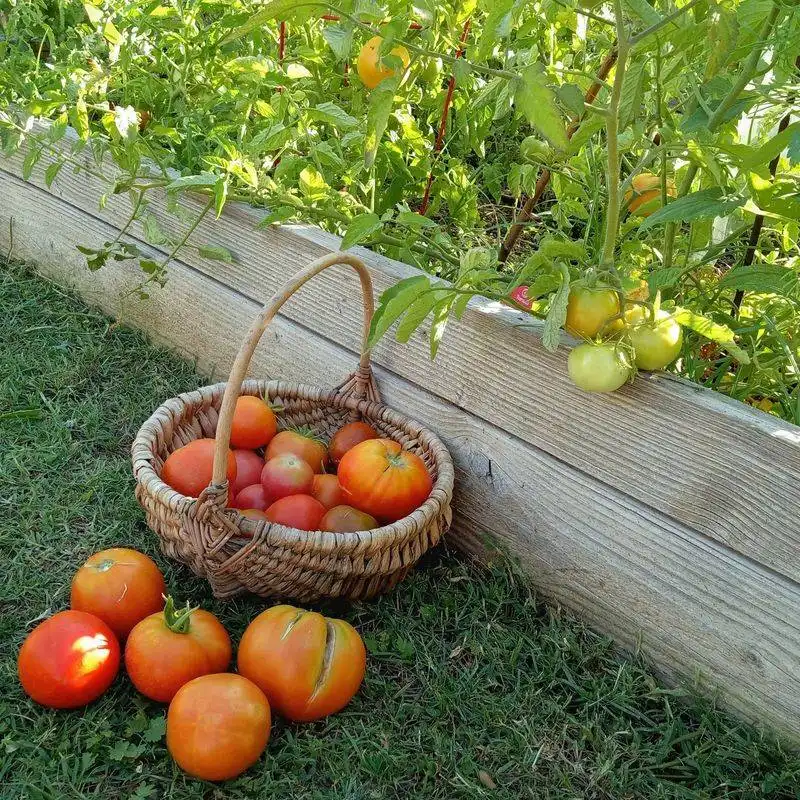
Mulching is a gardener’s secret weapon against weeds and moisture loss. Apply a thick layer, such as straw or wood chips, around your tomato plants. This barrier retains moisture and regulates soil temperature, crucial during hot spells. Mulch also suppresses weeds, reducing competition for nutrients. By nurturing the roots, you encourage a healthier plant and more abundant harvest. This simple addition can make a significant difference in your garden’s productivity.
Fertilize at Key Stages
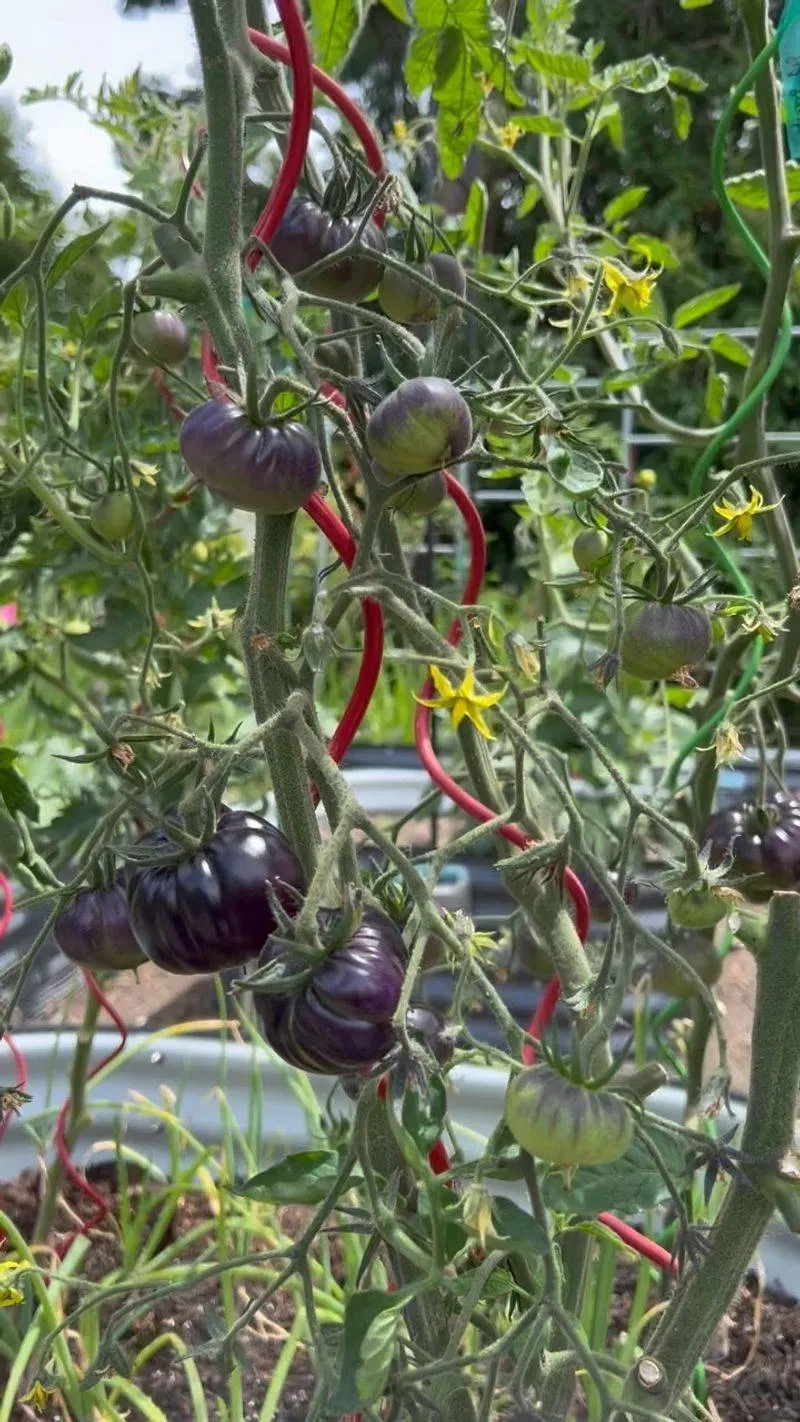
Timely fertilization bolsters growth and fruit production. Begin with a balanced fertilizer at planting, providing essential nutrients. As flowers appear, switch to a formula higher in phosphorus to encourage blooming. Potassium-rich fertilizers during fruiting enhance flavor and size. Avoid over-fertilization; it can lead to lush foliage but fewer tomatoes. Tailor your approach to each growth stage for optimal results, ensuring every tomato plant reaches its full potential.
Protect from Pests Naturally
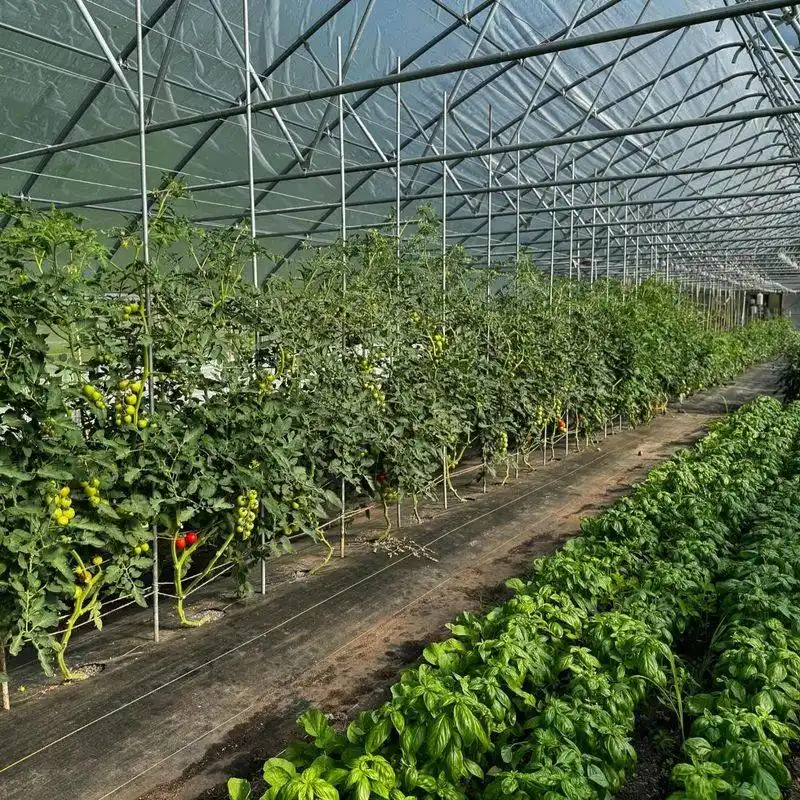
Natural pest control safeguards your tomatoes without harmful chemicals. Introduce beneficial insects like ladybugs or plant companions such as marigolds and basil, which deter pests. Regularly inspect leaves for signs of trouble, nipping infestations early. Homemade sprays with ingredients like garlic and neem oil offer eco-friendly solutions. This harmonious approach keeps your garden thriving, embracing nature’s balance and nurturing resilient tomato plants.
Stake or Cage for Support
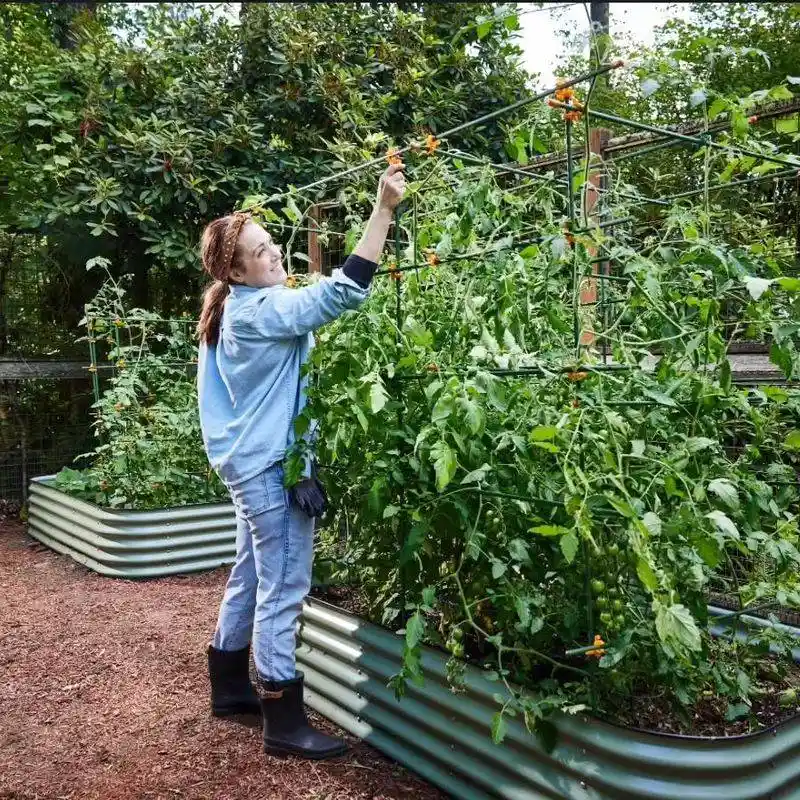
Supporting tomato plants prevents damage and promotes air circulation. Stakes or cages keep plants upright, reducing the risk of disease and making harvesting easier. Choose the method that suits your garden’s layout and tomato variety. Secure plants gently, ensuring stems aren’t constricted. By providing this structure, you encourage healthier plants and higher yields, transforming your garden into a well-organized haven of productivity.
Monitor and Adjust Regularly
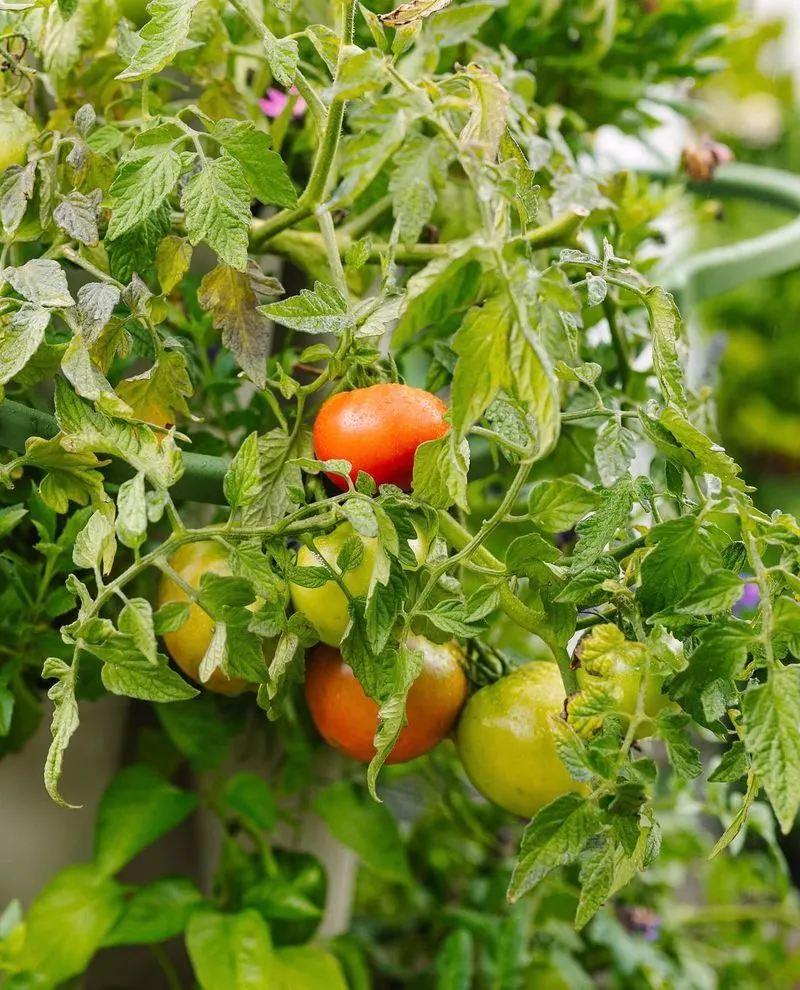
Regular monitoring allows you to respond swiftly to your plants’ needs. Adjust watering schedules, check for pests, and tweak soil conditions as necessary. Observing changes in leaf color or growth patterns offers insights into plant health. Keep a gardening journal to record observations and track progress. This ongoing attentiveness ensures a thriving garden, where each tomato plant receives tailored care. Staying connected with your plants maximizes your chances of a bountiful and tasty harvest.

